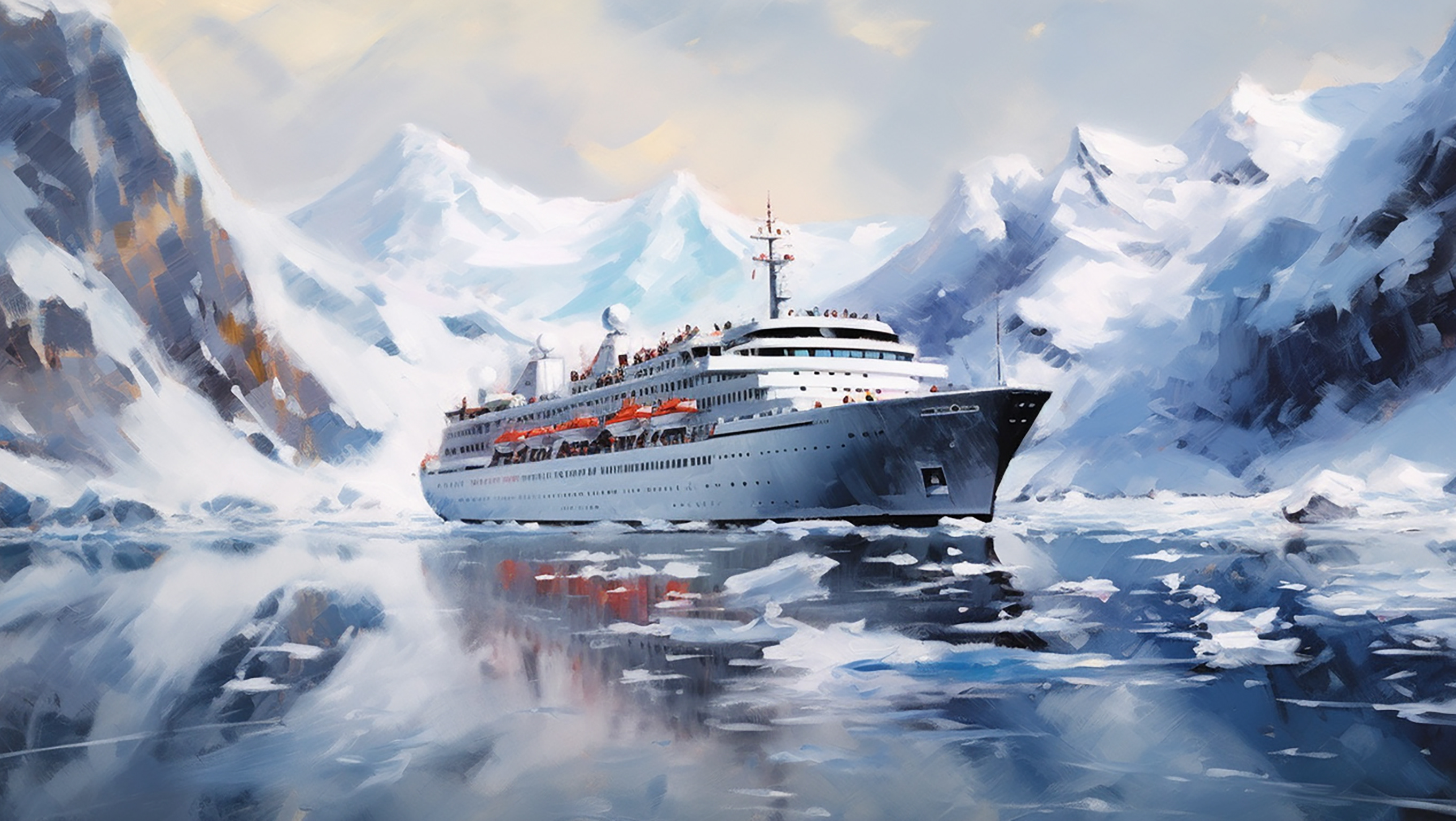Montreal: A Bilingual Symbiosis in the Heart of Canada
The denouement of our expedition was imbued with its own set of exhilarating developments. As crepuscule fell over Quebec, the winds escalated into a veritable tempest, posing a formidable challenge to our ship's navigation.
Nonetheless, following a hiatus of two hours, we courageously ventured up the ebullient waves of the Saint Lawrence River. This vital artery has been a pulsating lifeline for commerce and exploration since the era of Jacques Cartier, the French explorer who, in 1535, declared the region "The Country of Canadas," setting the course for the New France colony.
With the sun embarking on its westward retreat, we navigated under a remarkable double bridge, Pierre Laporte Bridge, a structure bearing echoes of the renowned Jacques Cartier Bridge. This iconic edifice, constructed in 1930, has since been a silent observer of the city's unfolding history. Quaint houses, reminiscent of Quebec's French colonial heritage, sporadically adorned the banks of the Saint Lawrence River. However, as the southern latitudes ushered in dusk prematurely, the shores were gradually veiled in the evening's penumbra.
Emerging from our nocturnal sojourn, we found ourselves in the heart of Montreal. The cityscape, punctuated by towering edifices and avant-garde neighbourhoods, contrasted sharply with its humble origins as a small mission named Ville-Marie, established in 1642.
My itinerary involved delving into the historical core of this vibrant city, Old Montreal, post depositing my luggage at the port. Unlike its European counterparts, where the "old town" predominantly comprises a vast district replete with ancient efficacies, Montreal presents a harmonious pastiche of aged, elegant structures with intricate façades coalescing seamlessly with modern dwellings. Old Montreal, essentially a handful of streets nestled between the antiquated port and the bustling downtown, encapsulates the quintessence of the city's storied past.
The Notre Dame Basilica was the inauguration of my exploration, a monument that stands as a testament to Montreal's rich religious heritage. While construction scaffolding slightly marred its aesthetic exterior, a symbol of the city's perpetual evolution, its interior revealed a sanctuary of grandeur bathed in the luminescence of celestial blue hues.
Yet, the quest for exploration beckoned me forward. I found myself navigating the city's quaint cafés, their elegant French signs a reflection of Quebec's French patrimony, seldom translated into English. This led me to the city's subterranean labyrinth: Montreal's "underground city," a sprawling network of galleries and boutiques, a testament to Montreal's ingenious adaptation to its severe winter climate.
In diverse corners of the city, contemporary structures found companionship with squares, adorned with whimsical art installations, playing out amidst the rustle of maple leaves—Canada's emblem.
Montreal's blending of comfort, vibrancy, and historical richness forges its unique allure. The city, deeply rooted in its past, yet pulsating with multicultural vitality, stands as a testament to its resilience and adaptability.
Montreal is the world's second-largest French-speaking city after Paris. This bilingual symbiosis, which weaves together English and French cultures, is a testament to Montreal's unique history.









